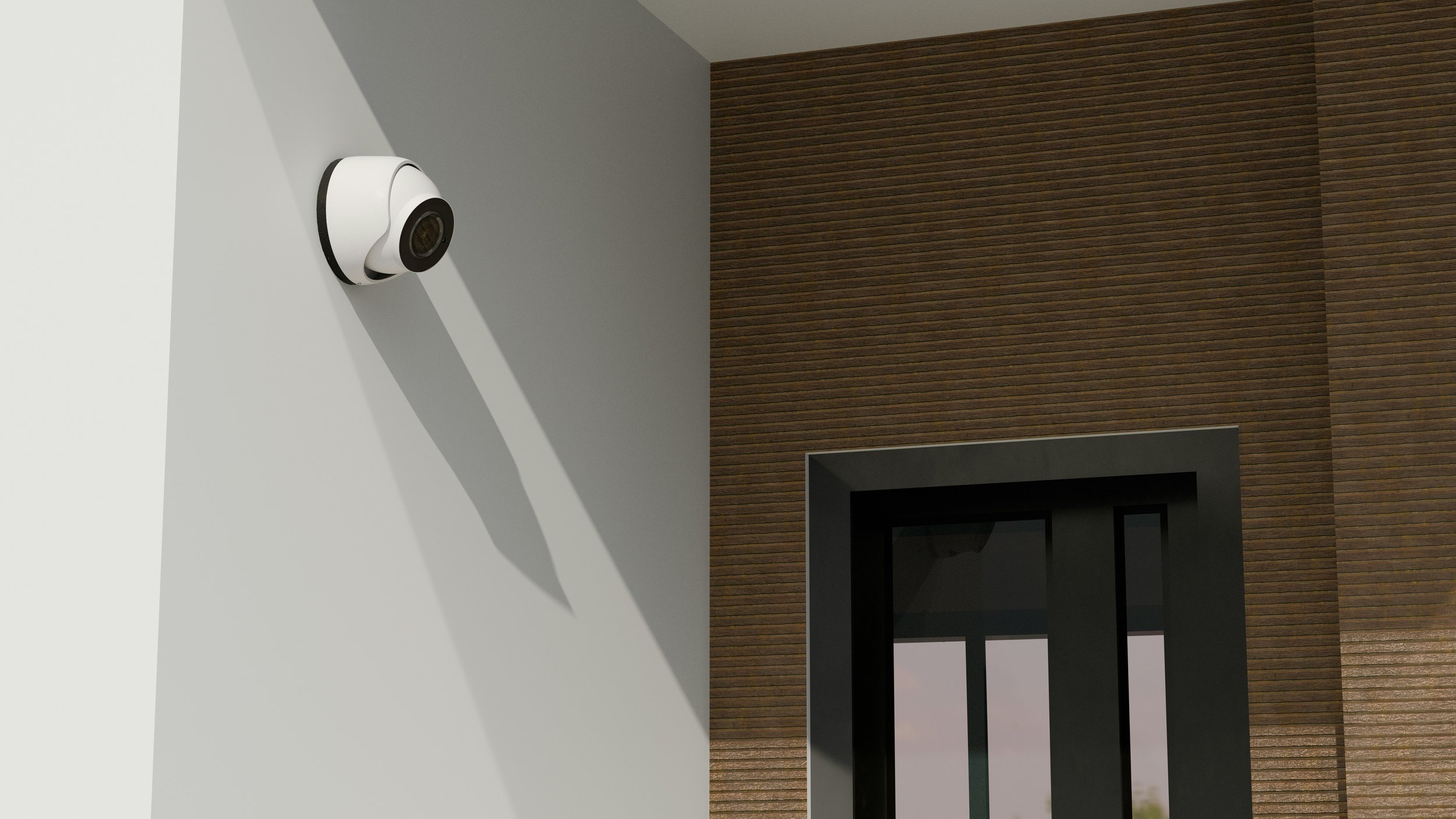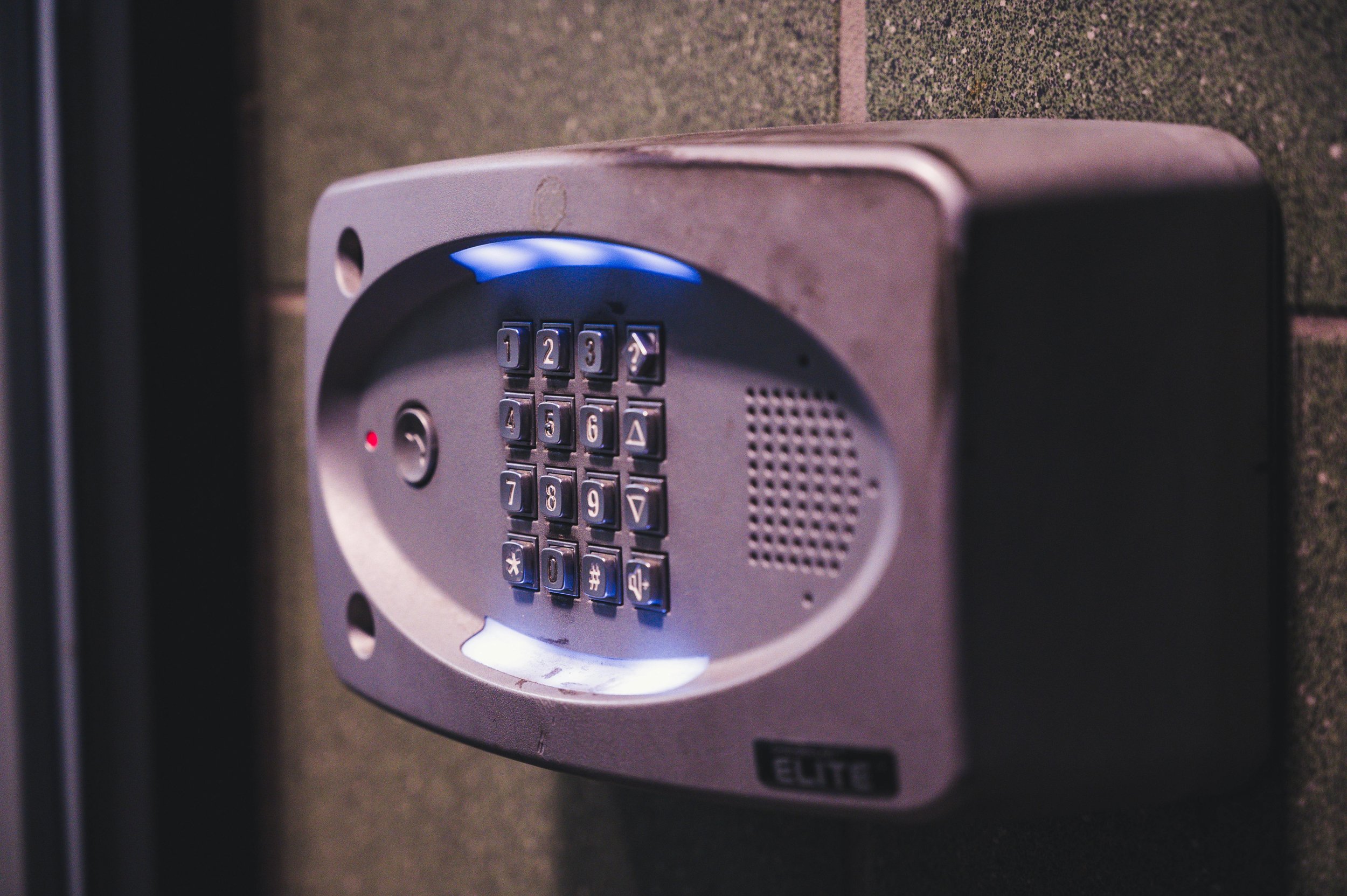How to Store Valuables Securely Without Relying on a Home Safe
Discover smart and secure ways to store valuables without relying on a traditional home safe. Keep your belongings protected and accessible.
Home safes might seem like the obvious place to keep your valuables, but they aren’t always the most secure option. In many cases, they’re only as strong as the wall or cabinet they’re attached to — and determined thieves or natural disasters can render them useless. Whether you’re looking to protect heirloom jewellery, important documents, rare coins or digital backups, there are smarter, more effective ways to ensure your items are truly safe. One of the best alternatives is using a reliable safety deposit box at a professional facility, which offers enhanced security features and peace of mind far beyond what most home safes can provide.
If you're looking for other ways to secure your valuables without relying solely on a safe at home, the following options are worth exploring.
Use a Safety Deposit Box
Storing your most important possessions in a safety deposit box at a secure facility offers numerous advantages. These purpose-built boxes are located within fortified vaults, often under 24/7 surveillance and monitored entry, providing layers of protection that are difficult to replicate at home.
Ideal items for a safety deposit box include:
Jewellery and family heirlooms
Birth certificates, wills and property deeds
USB drives or hard drives with sensitive data
Rare collectibles or coin sets
Passports and back-up IDs
Unlike a home safe, these boxes are built to withstand theft, fire and flood, making them a long-term solution for high-value, low-access items.
Digital Storage for Important Documents
If your valuables include essential paperwork, you can improve security and access by digitising them. Scanning physical documents and saving them to encrypted cloud storage gives you the benefit of both convenience and protection.
Best practices for digital storage include:
Use secure cloud platforms with multi-factor authentication
Encrypt files that contain personal or financial details
Keep digital copies of passports, medical records, and insurance policies
Backup data regularly to a separate device or hard drive
This method won’t work for physical items, but it’s perfect for maintaining quick access to scanned documents from anywhere in the world.
Use Diversion or Hidden Storage Options
If you prefer to keep valuables at home, consider going beyond the traditional safe by using hidden storage methods. Diversion safes — which look like everyday objects such as books, cleaning products or wall sockets — can keep smaller valuables out of sight from potential thieves.
Other hidden storage ideas include:
False-bottom drawers
Concealed wall panels
Lockable furniture compartments
Floor safes installed under rugs or furnishings
Keep in mind that these methods offer only a basic level of security, so they’re best used for lower-value items or as a temporary solution.
Distribute Valuables in Multiple Locations
Storing everything in one place — whether it’s a home safe or a cupboard — increases the risk of losing everything in one event. Instead, consider spreading out your valuables to reduce exposure.
Some practical strategies include:
Keeping frequently used jewellery in a secure drawer
Storing important documents in a digital format and off-site
Using a safety deposit box for high-value or irreplaceable items
Leaving copies of important paperwork with a trusted family member or solicitor
This layered approach adds resilience to your storage plan and gives you access to different items when needed.
Don’t Forget to Document Everything
Regardless of how or where you store your valuables, it’s essential to maintain a clear inventory. This should include:
Descriptions and photos of each item
Purchase or appraisal documents
Serial numbers where applicable
Storage location and access instructions
A detailed record will not only help you stay organised, but also make insurance claims and estate planning far more straightforward.
Securing your valuables doesn’t have to mean hiding everything behind a locked box in your wardrobe. With thoughtful planning and the right combination of off-site storage, digital backups and discreet home strategies, you can protect what matters most with confidence.











